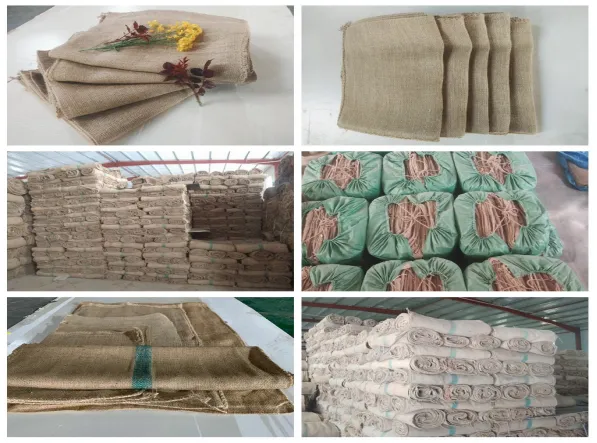Eco-friendly jute sacks for packing coffee beans.
In recent years, the coffee industry has seen a significant shift towards sustainable practices, with one of the most notable changes being the adoption of eco-friendly jute sacks for packing coffee beans. Jute, a natural fiber celebrated for its strength and durability, is rapidly becoming the preferred choice for coffee bean packaging worldwide. Environmental advocates praise the use of jute sacks as they are biodegradable and renewable, sharply contrasting with traditional plastic and synthetic materials that contribute to pollution and landfill waste. Coffee producers in regions such as South America, Africa, and Asia are increasingly adopting jute sacks to reduce their carbon footprints and support sustainable agricultural practices.
Major coffee brands have also recognized the importance of this transition and have started to join the movement. Companies like Starbucks and Peet’s Coffee have announced plans to transition entirely to jute sacks by 2025. This proactive shift is in response to growing consumer demand for environmentally responsible products and packaging. Jute sacks not only help preserve the quality and aroma of coffee beans but also provide these companies with a marketing edge by appealing to eco-conscious consumers. Additionally, this shift towards jute sacks is providing significant economic benefits to jute-producing countries.
The adoption of jute sacks has been widely embraced not just for ecological reasons, but also for the practical benefits they offer in storing and transporting coffee beans. Coffee experts have found that the breathable nature of jute ensures that beans remain fresh and flavorful during long-haul shipments across continents. Unlike plastic, jute allows for better air circulation, which helps prevent mold and significantly prolongs the shelf life of the beans. However, despite the manifold benefits, the transition is not entirely without challenges. The initial cost of jute sacks is higher compared to plastic alternatives. To address this financial barrier, several organizations and governments are offering subsidies and incentives to encourage the adoption of jute sacks in the coffee industry. Beyond coffee beans, the growing trend of using jute sacks extends to other agricultural products like cocoa, rice, and potatoes, signifying a broader movement towards sustainable packaging solutions across various food industries. As the coffee industry continues to embrace jute sacks, it sets a powerful precedent for other sectors to follow, underscoring the critical importance of making environmentally conscious choices that benefit both the planet and future generations. The next time you enjoy a cup of coffee, you might just be supporting a sustainable and eco-friendly supply chain.
Arolelana
-
Lithium Battery Welding Machine | High-Precision, Fast, SafeLitabaNov.17,2025
-
Aluminium Guide Roller | Anodized, Lightweight, Low-NoiseLitabaNov.17,2025
-
Tofu Cat Litter Bulk – Eco, Low-Dust, Fast Clumping SupplyLitabaNov.17,2025
-
Equipment for Lithium Cell Assembly | Automated & PreciseLitabaNov.10,2025
-
Square File Tool – Precision Cut, Hardened Steel, VersatileLitabaNov.10,2025
-
Lithium Ion Battery Assembly Machine | Automated, High-SpeedLitabaNov.10,2025








